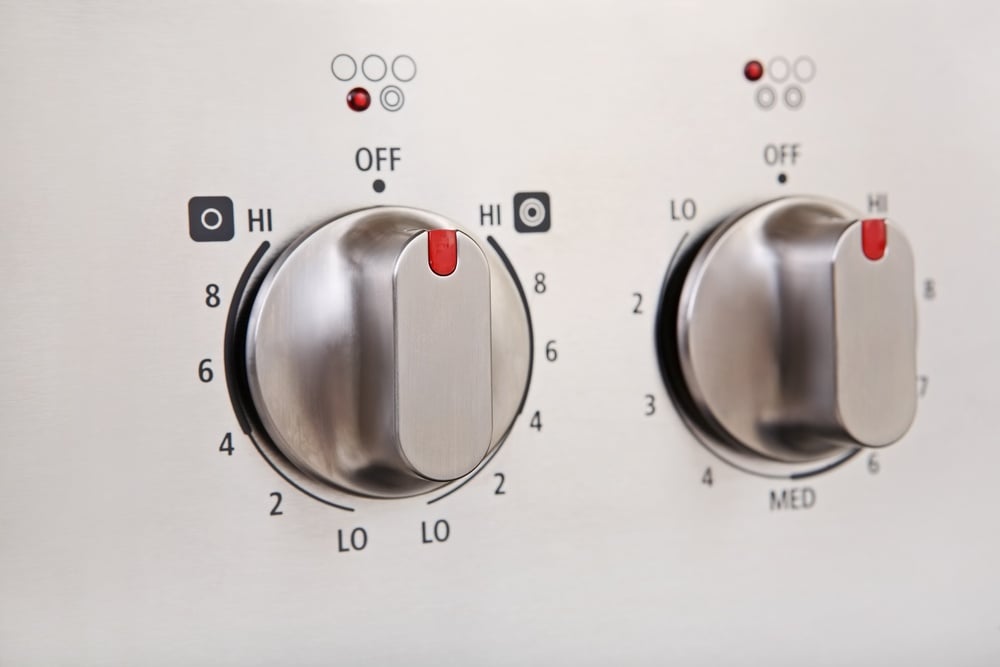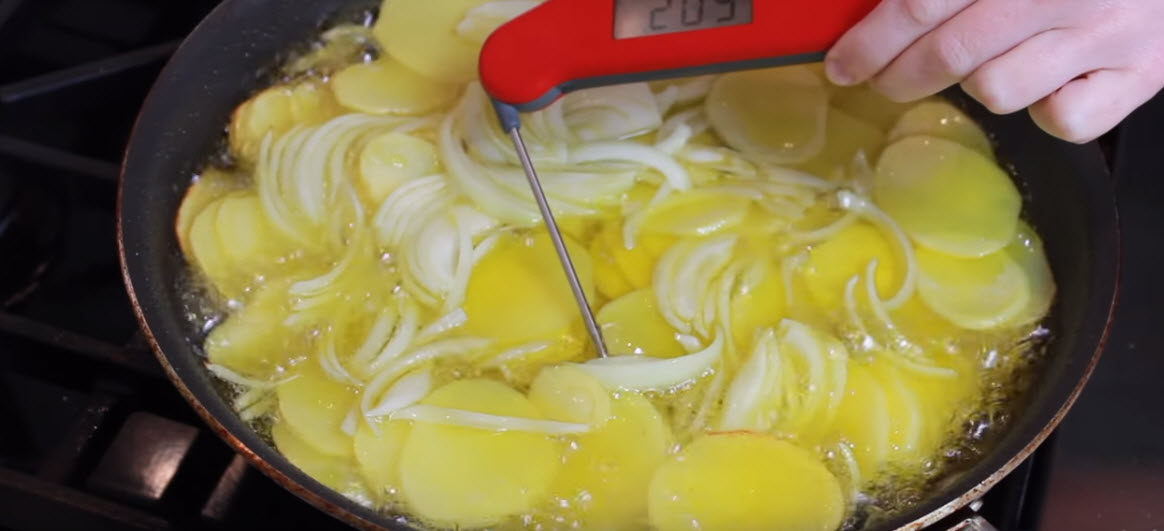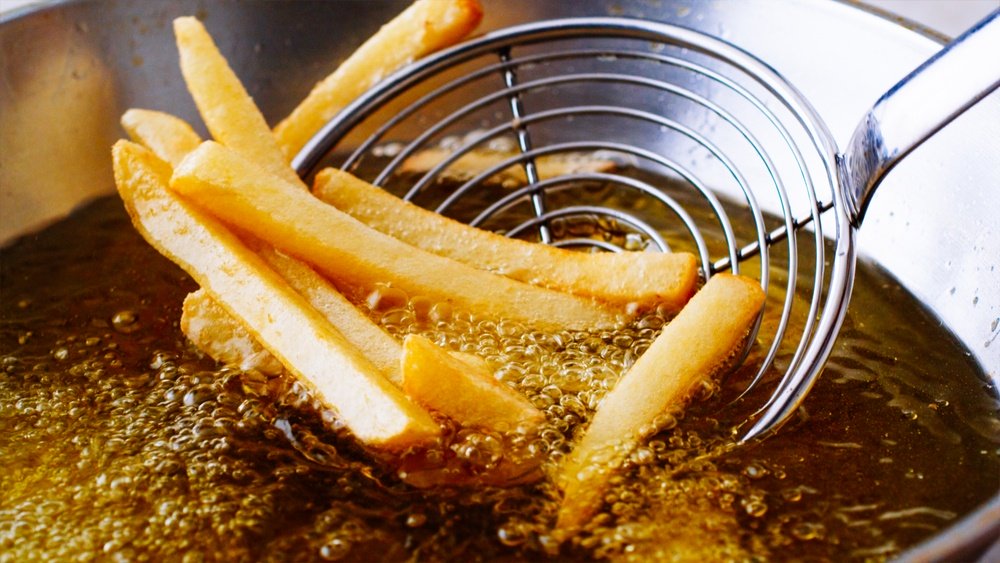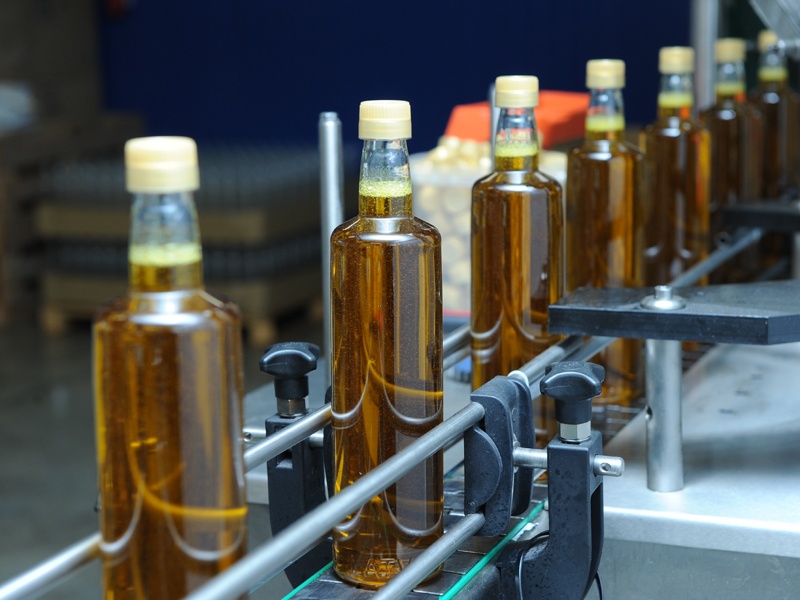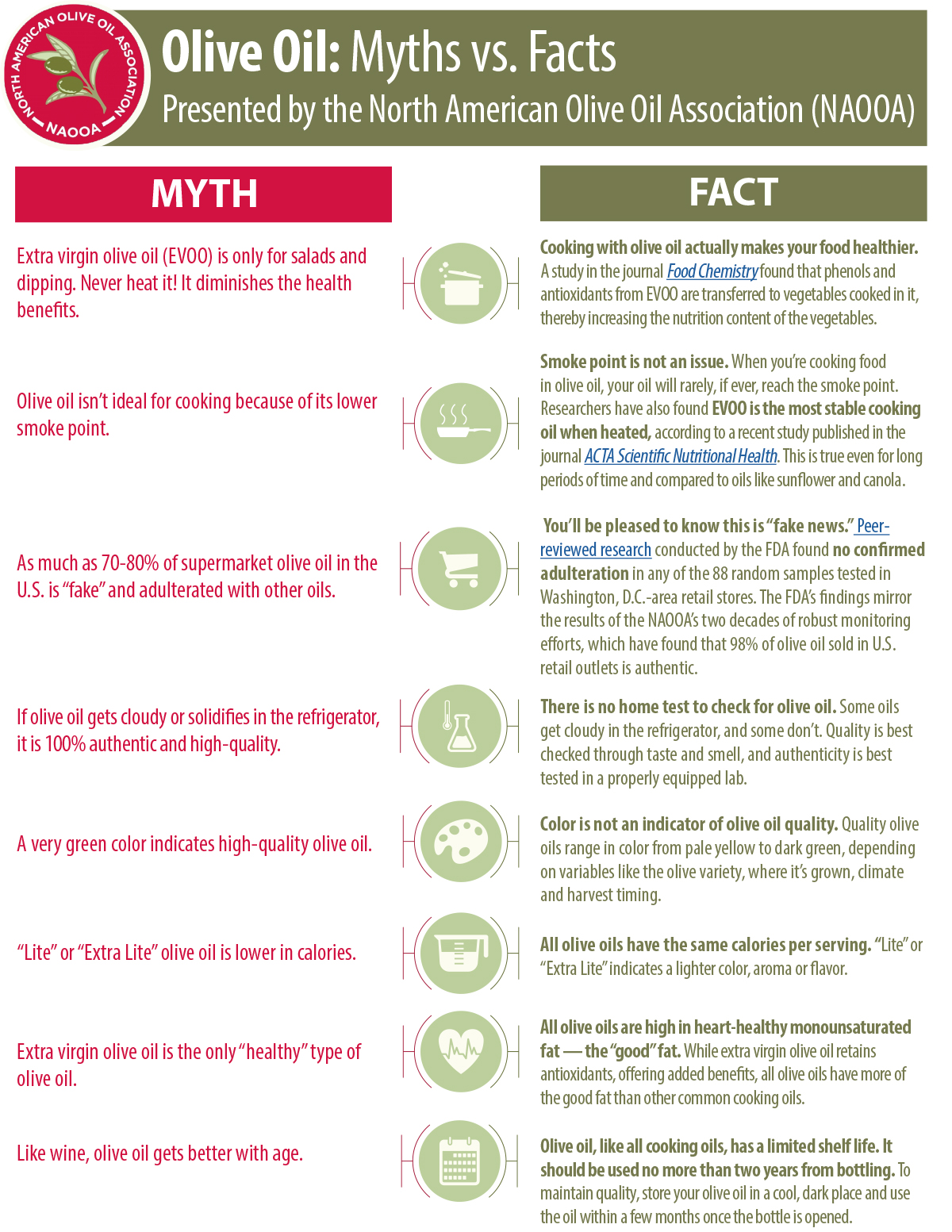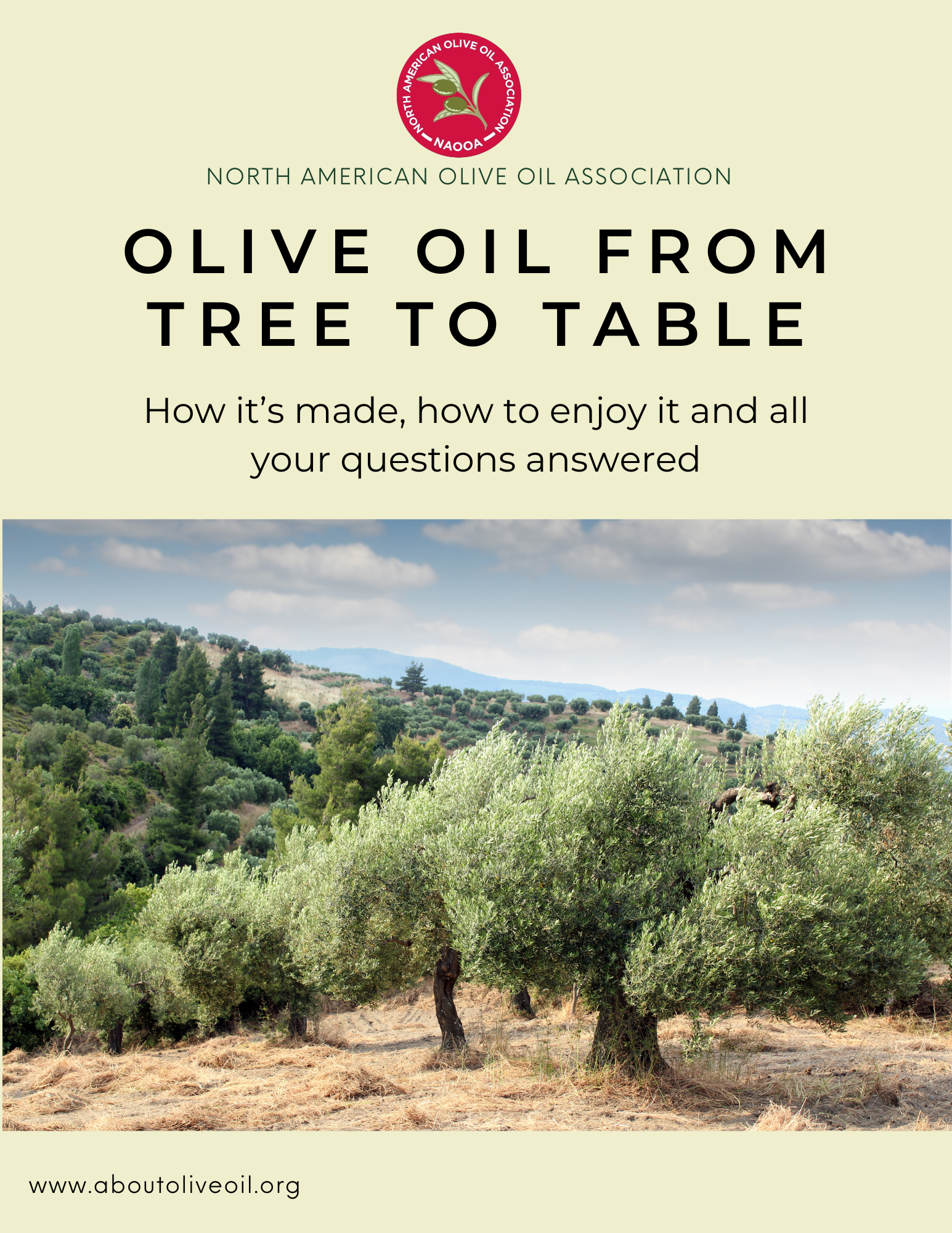Many people avoid using olive oil for high heat cooking. But many are confused as to what constitutes high-heat cooking and how to tell when you have exceeded a safe cooking temperature.
The reason for the confusion may have to do with the knobs on your stove. Most people assume that if you turn your stove knob to high, that means you are cooking with high heat. This is not actually the case. Most home stovetop cooking rarely exceeds 350⁰ F and qualifies as medium heat cooking. Medium heat cooking methods include pan frying, deep frying and sauteing.
Helen Rennie, cooking instructor, explains perfectly in this video -- in it, she heated a pan of extra-virgin olive oil in a pan with the dial turned to high heat, added potatoes and onions, and after 5 minutes, measured the temperature of the oil. The oil reached a temperature of 220°F-- well under the smoke point of EVOO.
So what is high-heat cooking? There is actually no recognized definition. We can consider anything under the boiling point of water (212⁰ F) low heat. 350⁰ F is the temperature associated with the Maillard Reaction, the chemical process that browns food and gives it flavor. Thus, over 350⁰ F could be considered high heat. That doesn't mean that you can't use olive oil for searing, grilling or broiling. Depending on what you are cooking, it is likely that the sum total temperature of the food you are cooking with the olive oil will be within safe cooking temperatures for olive oil.
Many people mistakenly believe that frying is a high-heat cooking method -- it is not. The correct temperature for deep-frying food in oil is between 350°F and 370°F. Once you add the food to the oil, the temperature of the oil will drop by up to 100 degrees. The oil will rise in temperature as the food cooks. Once you reach 350°F again, it will be time to remove the food from the oil.
Another common point of confusion is mistaking water vapor for smoke. Water turns to vapor at 212⁰ F. When you add food to a hot pan, the white clouds that are released are most likely steam, not smoke. The steam is created when water in the food evaporates. Smoke can be easily recognized by the acrid odor and the fact that your food will show charring or other signs of burning.
Some people believe that olive oil heated past a certain temperature produces a substance called acrylamides. This is not exactly true. Acrylamides are formed when certain starchy foods, such as potatoes, are cooked over 250° F. This happens regardless of what oil you use. It is not really related to oil or temperature.
Smoke point of cooking fats
Extra virgin olive oil has a moderately high smoke point of 350⁰ - 410⁰ F while olive oil and light-tasting olive oil have a smoke point that ranges from 390⁰ - 470⁰ F. Canola, Sunflower, Soybean, Corn and Peanut oils have smoke points that range from 350⁰ - 450⁰ F. Solid at room temperature fats such as butter, coconut oil and lard have smoke points of 300⁰ - 350⁰. In short, almost all liquid fats have similar smoke points. If you exceed the smoke points of any of these cooking fats, harmful substances may be released into the air, and smoke may be produced.
Stability of oil matters
It is interesting to note that no one ever says not to cook with butter or coconut oil due to their low smoke points. Smoke point is not the most important factor when choosing a cooking fat.
The stability of an oil under heat is more important than the smoke point. A recent Australian study published in the ACTA Scientific Nutritional Health Journal studied how common cooking oils and fats broke down when heated for a very long time, or heated past their smoke points. The study found that extra virgin olive oil was more stable than saturated fats like coconut oils, and oils with high smoke points such as avocado oil. Researchers found that the smoke point of an oil did not correlate to the oil's performance when heated. Oils with low smoke point (such as coconut oil), or moderate smoke points (such as extra virgin olive oil), outperformed oils with higher smoke points. Extra virgin olive oil performed better than refined olive oil indicating that the antioxidants in the EVOO may be one of the reasons for its high stability.
In conclusion, there is no recognized definition of "high heat" cooking. Olive oil is safe to use in most home cooking methods including baking, frying, sauteing, roasting and grilling.
Further Reading:
- Smoke Point Is Not a Reliable Indicator of Cooking Oil Stability
- Why Olive Oil is the Best Oil for Frying
- The Culinary Institute of America Clarifies Guidance on Cooking With Olive Oil
- Olive Oil Retains Health Benefits During Cooking
- USDA Recommends Olive Oil for Deep Frying
- US News reports on olive oil smoke points

